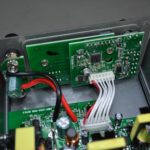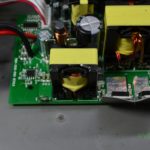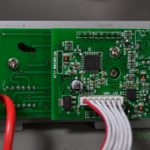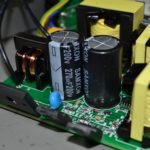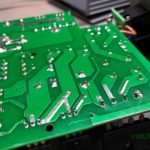Welcome to a new InTheMail, the series that will touch both your passion for electronics and your bank account at the same time. We’re going to start with this big jar of flux paste. This is commonly referred to as “yellow paste”, the branding I believe is NT but if you search for yellow paste you will find it in various sizes. Banggood sells it in 150 gram jar and it has a good price of $4 with free shipping. I’ve seen other people use this stuff with good results so I decided to give it a try. I’m not sure if there are any fakes to this particular brand, but the ones from banggood seem to be the genuine stuff.
The consistency is that of a paste so I don’t think it would be easy to put this inside a syringe and use it that way. This works better if you pick it up with a toothpick or some tweezers. This is not rosin based or so they advertise, and it’s supposed to be a neutral PH,with low corrosion to your pcb and components. You will probably see me use this in a future video, until then, there will be a link in the description so you can order one.

